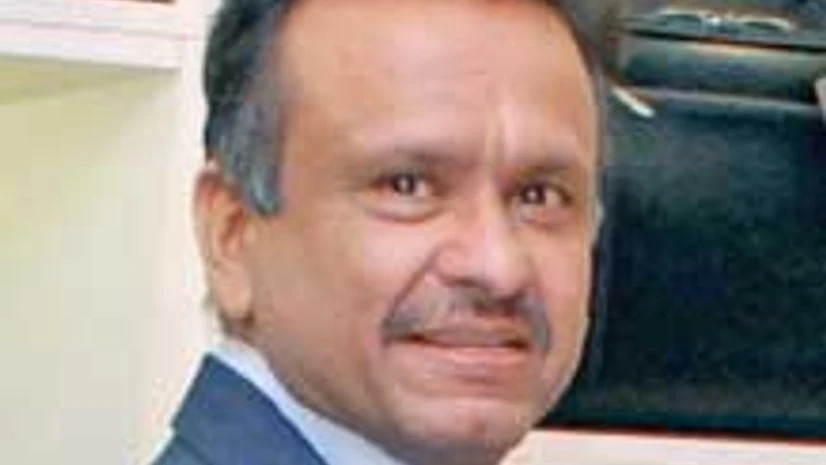When the announcement came last month of the elevation of 55-year-old Ramesh Tainwala as global CEO of the $2.5-billion (or Rs 15,000 crore) Samsonite International, it did not come as a surprise to many. Most industry watchers and company analysts believed Tainwala, who was the COO till then, was best-placed to take up the job.
It was under his leadership that Samsonite, which was associated with premium luggage, was able to enter the volume market with the American Tourister, eight years ago. So much so that, the other sizeable luggage brand, VIP, which had been an incumbent when Samsonite entered, is almost neck and neck with the latter. While in 2013-14, VIP had revenues of Rs 968 crore, Samsonite, with its range of brands clocked around Rs 1,000 crore, according to sources.
Since taking over on October 1, Tainwala, who joins a growing list of Indian-born heads of international companies, has acted swiftly. He proposes to convert the world's largest luggage maker into a company that has a presence in multiple luggage categories such as protective cases, laptop, tablet and mobile covers, besides the core travel luggage segment for which it is known.
"I would like to see the company emerge as a house of brands, where we are present in multiple categories from branded luggage to protective covers. Acquisitions should help us achieve this," he says. The US-based company, which has a presence in 100 countries, has already wrapped up three acquisitions this year and is expected to scout for more targets as it looks to deploy the $225 million (or Rs 1,350 crore) cash on its books.
Tainwala, say industry sources, is working according to plan. The luggage maker had indicated earlier that it would undertake upto $1 billion of acquisitions in the next few years using a combination of debt and internal accruals. The three acquisitions wrapped up by the firm this year - the US-based backpack maker Gregory Mountain Products, Speck Products, an American designer and distributor of slim protective cases and
French luggage brand Lipault - cost the company under $200 million (or Rs 1,200 crore).
If added with the two acquisitions of High Sierra (US backpack brand) and Hartmann (US luxury luggage brand) done by Samsonite for a total of $145 million (or Rs 850 crore) in 2012, the amount spent in the last two years is just $345 million (or Rs 2,050 crore). The firm still has enough legroom left to make a few more acquisitions, experts say.
More power to Indian brands
Tainwala says that he is not ruling out acquisitions in emerging markets such as China and India to ramp up Samsonite's presence. "Our vision globally for Samsonite is to double turnover by 2020. We are expecting markets such as India to more than double in terms of revenues to achieve our global target by 2020," Tainwala says.
The company will also launch some of its global brands in India such as Hartmann in the near term, adding to its existing portfolio, which includes Samsonite, American Tourister, High Sierra and Lavi (women's bags).
Experts say that the move to introduce international products should help it tap the brand-conscious consumers. "Customers in urban areas are trading up in terms of their preference for luggage. Getting stylish products should help companies such as Samsonite capture that segment," Harish Bijoor, CEO, Harish Bijoor Consults says.
Almost 80 per cent of India's luggage market is unorganised. Bringing hipper products into the market, Tainwala explains, is part of the firm's strategy to shift to branded products.
Samsonite's India advantage
American Tourister would be a brand launched first in India that Samsonite is ready to take abroad. Tainwala, says "American Tourister helped us understand the potential of a value product and we are taking it to countries in Europe." Samsonite is now looking at driving value products in Europe and the US, markets where consumers have traditionally had strong brand preferences. Tainwala says consumers are changing in these markets: "Consumers in Europe are looking at a price-value equation as much a buyer in Asia is. As a leading player, we have to be at the forefront of identifying these trends."
American Tourister is already present in most markets in the Asia-Pacific region, where it is a key revenue generator. In India alone, it contributes 80 per cent of revenues, Tainwala adds.

)
